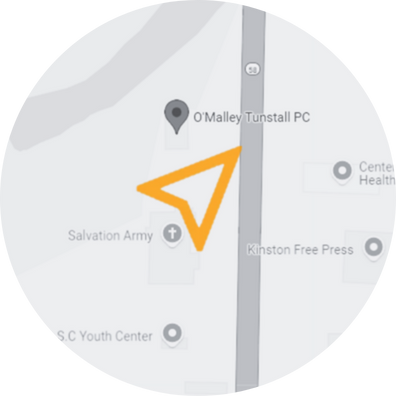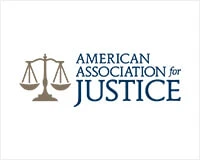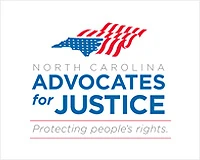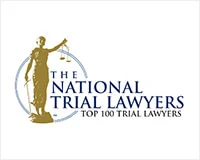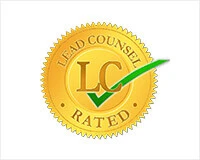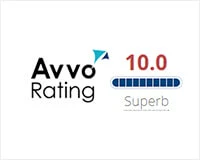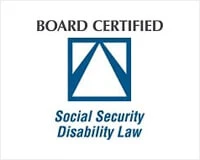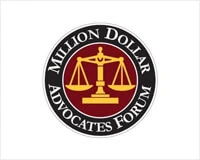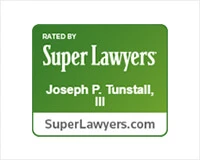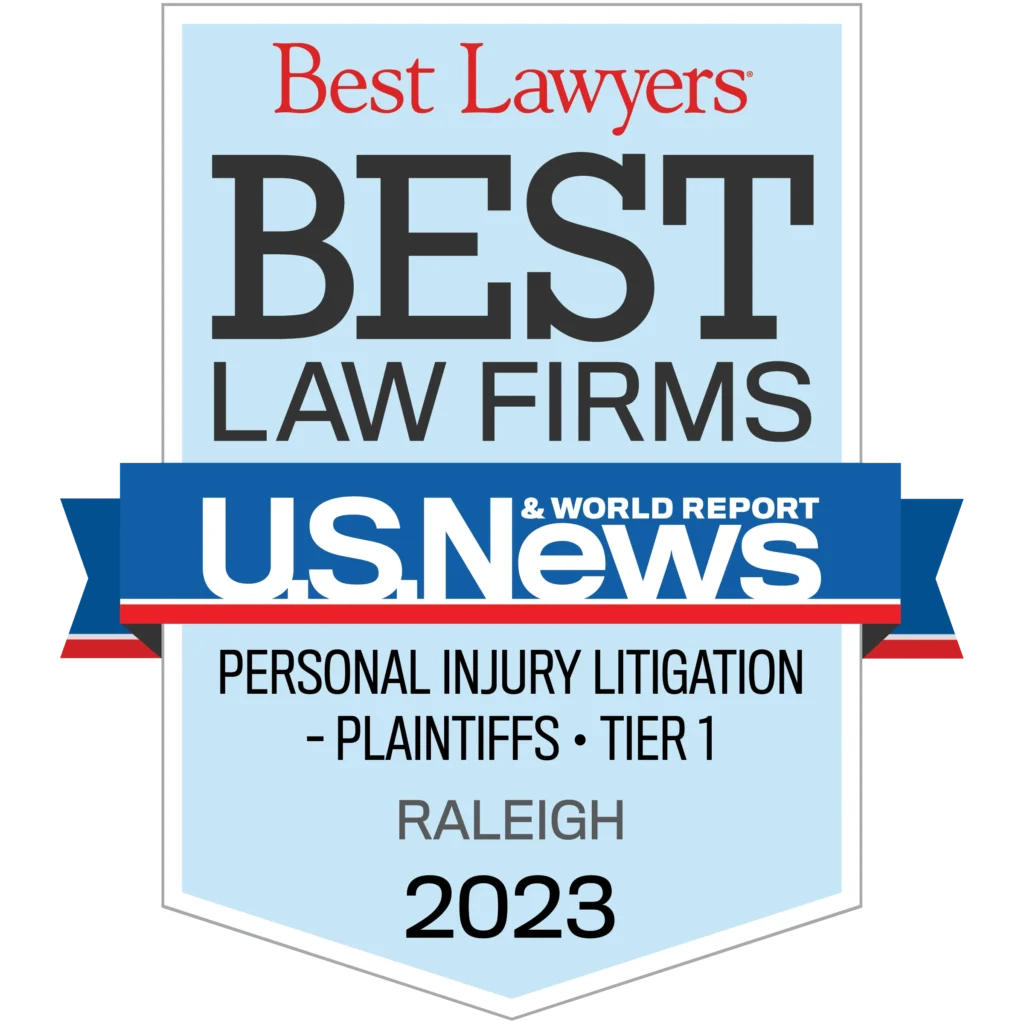
What can be more enjoyable for a child than a day at the amusement park? The bright light, the exciting sounds, and the fast rides are all just so magical when we are young. As parents, it is a joy to provide your child with such a memorable experience.
But amusement parks aren’t magical places. Ultimately, a theme park is a business. They might be in the business of providing entertainment and excitement, but they are still a business. This means that they have important responsibilities to their guests. They are responsible for ensuring that the rides are correctly functioning so that there aren’t any incidents. They are responsible for keeping the grounds clear of danger, either by fixing the dangerous condition quickly or by marking it off, so guests know to avoid it.
When an amusement park fails to uphold these responsibilities, it is often the guests that wind up suffering the worse. If you had a child that was injured at an amusement park, you must be wondering what can be done about it. That’s the question we’ve set out to answer today. We’re going to see just how common amusement park accidents are, what legal options are available to you should your child suffer an injury at an amusement park, and what tricks there are to avoid potential injuries in the future.
How Common are Amusement Park Accidents?
Amusement park accidents are pretty common as it turns out. The Consumer Product Safety Commission (CPSC) has estimated that amusement park injuries make for over 30,000 emergency room visits over the course of a year. It should be noted that these numbers reflect both fixed-site parks, such as Disneyland, as well as mobile amusement parks that travel from location to location.
Further research into amusement park accidents has revealed that during the summer, which is the prime season for amusement park attendance, an average of twenty children a day suffer some form of injury.
By far, the most common injuries are to the arms, head, neck, and soft tissue. Suffering a soft tissue injury is three times more likely than breaking a bone, though broken bones still make up roughly 10% of amusement park injuries. But even worse injuries are possible, as well; there have been a number of deaths at amusement parks throughout the years, though they are much rarer.
Accidents at the amusement park can be caused by any number of factors. If your child is messing around somewhere that was clearly marked off; then there probably isn’t a lot that can be done to recover damages suffered from an accident. Assuming that they were on fine behavior, there may be legal options available to you.
What Legal Options Do I Have if My Child is Injured at an Amusement Park?
A lawsuit may be filed against the park, the owners, or the operators. Alternatively, it may be found that the park itself was not the responsible party but the manufacturer of the ride or equipment that was involved in the accident. Of course, in many cases, it is a combination of these two that are responsible, and therefore, it makes the most sense to sue a combination of them.
These two groups are typically divided into product liability cases for the manufacturers and premises liability cases for the park itself. Each of these could be an option for recovering damages you’ve suffered due to your child’s amusement park accident.
Product Liability: The manufacturer of a ride has a duty to ensure that their products are safe. If there is a defect in an amusement park ride responsible for your child’s accident, then it is the manufacturer that may be held accountable. Product liability cases cover issues like design flaws, manufacturing defects, and marketing defects. This could mean making the rides with critical design flaws that result in injuries, making rides with low-quality parts that don’t hold up to manufacturing standards or failing to provide warnings and instructions for the proper and safe use of the equipment.
Premises Liability: When we enter a store, go to the movies, or check out the latest amusement park, we are being welcomed onto the premises by the business in question. If a business is going to be open to the public, it must meet certain safety standards. This means that any dangerous conditions are clearly labeled and that the staff continues to keep an eye out for new dangerous conditions. A failure to act in a reasonably prudent manner can open up the business to premises liability lawsuits should somebody be injured on the property due to a dangerous condition.
Both of these are based on the idea of negligence. The manufacturer of the amusement park rides, as well as the amusement park staff themselves, have a duty of care they are required to uphold. It is negligence to fail to live up to this duty.
How Can My Child or I Avoid Amusement Park Accidents?
The following tips will help you to keep your child safe while at the amusement park. Following these tips will also help to ensure that your child’s injuries aren’t due to negligent or careless behavior on your part, which can help with any potential personal injury lawsuit:
Watch how the ride works first before getting on it to judge whether it is appropriate for your child
Follow all the height and weight guidelines as set out by the park
Make sure their pockets are empty so they don’t lose anything during the ride
Ensure that they keep their arms and legs inside the ride at all times
Should I Speak to an Attorney?
If your child has been injured at an amusement park, then the first thing to do is seek medical attention. This will help with any future lawsuit relating to the accident, as well as ensure your child is not in any medical danger.
The next step is to reach out to an experienced personal injury attorney. They’ll be able to go over the details of your case with you to determine if there are grounds for a personal injury lawsuit. If they suspect that there is, then you’ll be able to work together to gather evidence, identify the responsible parties, and use the legal system to seek compensation for what your child was put through.




